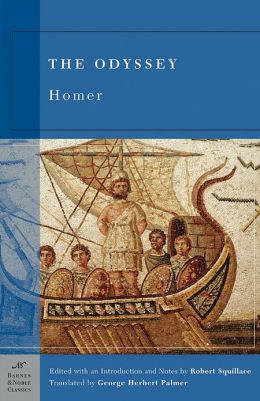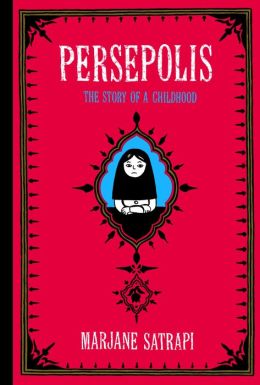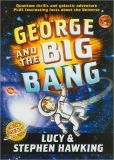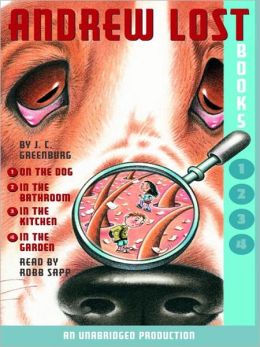So you think you'll write a book. Okay. It's a good
aspiration. I have but one modest suggestion at the outset: Be sure that's what
you really want to do, as writing that book can be bad for your
health--physically and emotionally--if you're not ready or willing to do what
it takes. What does it take? From my viewpoint, it takes the
perseverance of a marathon runner, the patience of a saint and the perspective
of an octogenarian at least.
First, let's get an idea. You know, that new slant,
brilliant twist, blockbuster worthy, light bulb busting aha?
Now comes the research. Let's see if your topic's been done
before. No? Great! Let's get on with the real research. Get those stats
correct. Be sure the geography is right. Don't make a mistake with history, for
heaven's sake.
Got all that in place? Great. Now it's time to wait for your
muse to visit. Did I mention, wait? Oh, yes. This is a being that delights in
calling the shots, usually later rather than sooner. But finally, she's come
calling to accompany you through the morass of story building.
You settle in for a lovely literary liaison with her. And
things go so well! That first draft of your manuscript is finished. You are so
proud. So happy. So fulfilled.
Then it's time to visit your critique group. Didn't I
mention your critique group? Silly me. You must have one. No, no, no to writing
in a vacuum. But not to worry. You have produced a masterpiece, and everyone
there will sing your praises and cast literary lilies at your feet.
Yeah. Right. They tear it to shreds. Nothing left but your
title, and half of them hated that. They say things like, "What point of
view? You don't have a point of view." Or perhaps, "These
characters are so shallow, I can see right through them." You know.
Helpful comments.
Home you slog in a huff, manuscript still too hot to handle
from all the vitriol spewed upon it.
Next morning, you take up your quill, open the hateful pages
with your fellow authors' marks covering them--and learn! Waddya know? Huh. Their
ideas aren't half bad. And you summon your muse back and begin again.
Now emerges the fun part.What is it, you ask? Two words,
with an article between: Agent or publisher. Research revisited. Yep. Gotta see
who matches whom, as in: "Why did this agent reject my book? Yes, she's
known for Romance Novels, but surely she cannot resist my concept
book." Have another think about that...
But, hey, miracles still happen (think George Bailey), and a
publisher wants your book. That's terrific. You're gonna make millions and
fast, too. Why, it'll only take--how long? Two years! I could be dead by then.
What's that? It'll be published postumously? Swell.
And so it goes. But, then again. There's something
wonderous, delicious, stupendous about writing that manuscript, polishing that
manuscript, shining that manuscript that I would not miss for the world.
 What makes springtime so amazing? Is it the time of rebirth? The time when Persephone arrives once more from Haides and the underworld to play in flowery meadows with her Nymph friends?
What makes springtime so amazing? Is it the time of rebirth? The time when Persephone arrives once more from Haides and the underworld to play in flowery meadows with her Nymph friends? 
 Whatever the reasons we celebrate this time of year, it is my wish that each one of you find joy and contentment during this Season of hope, happiness and joie de vivre.
Whatever the reasons we celebrate this time of year, it is my wish that each one of you find joy and contentment during this Season of hope, happiness and joie de vivre.
















